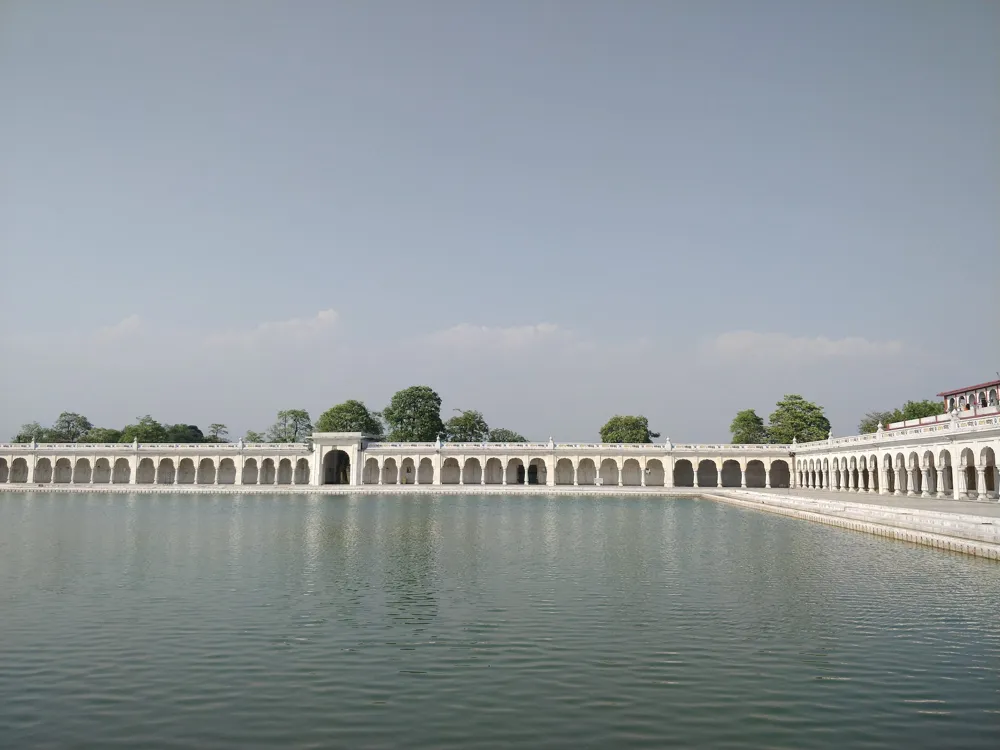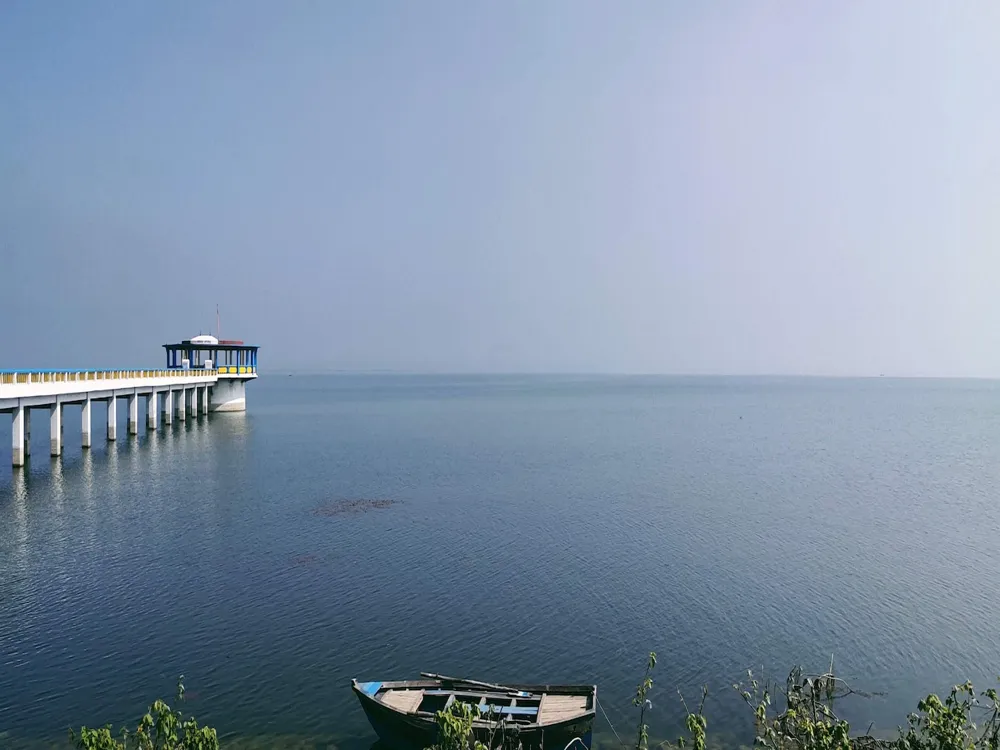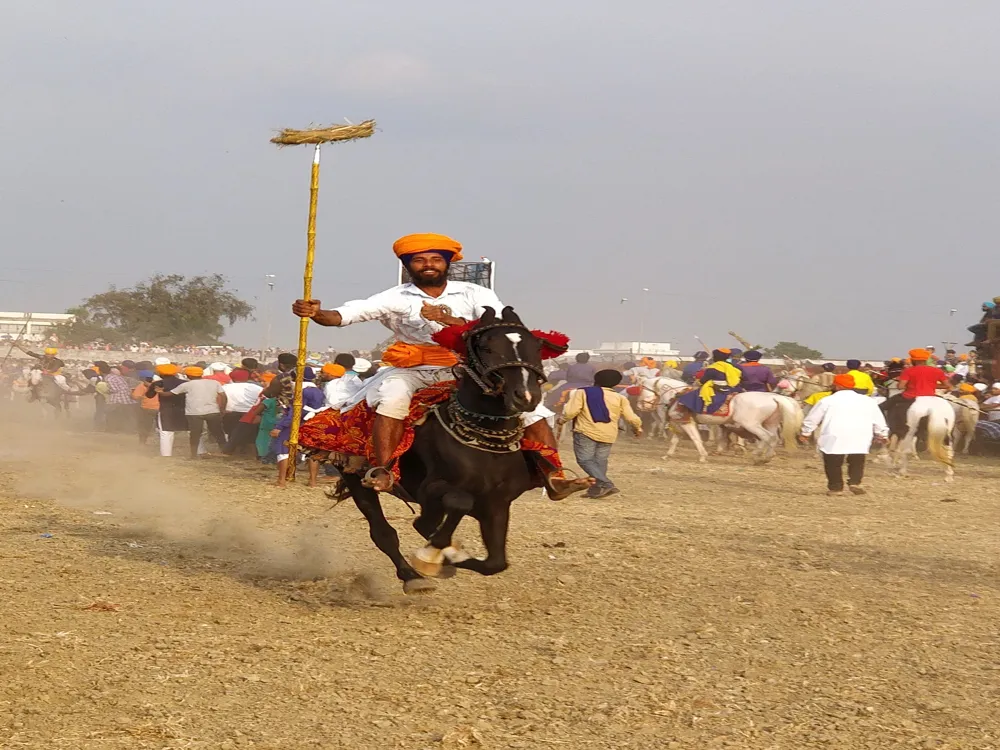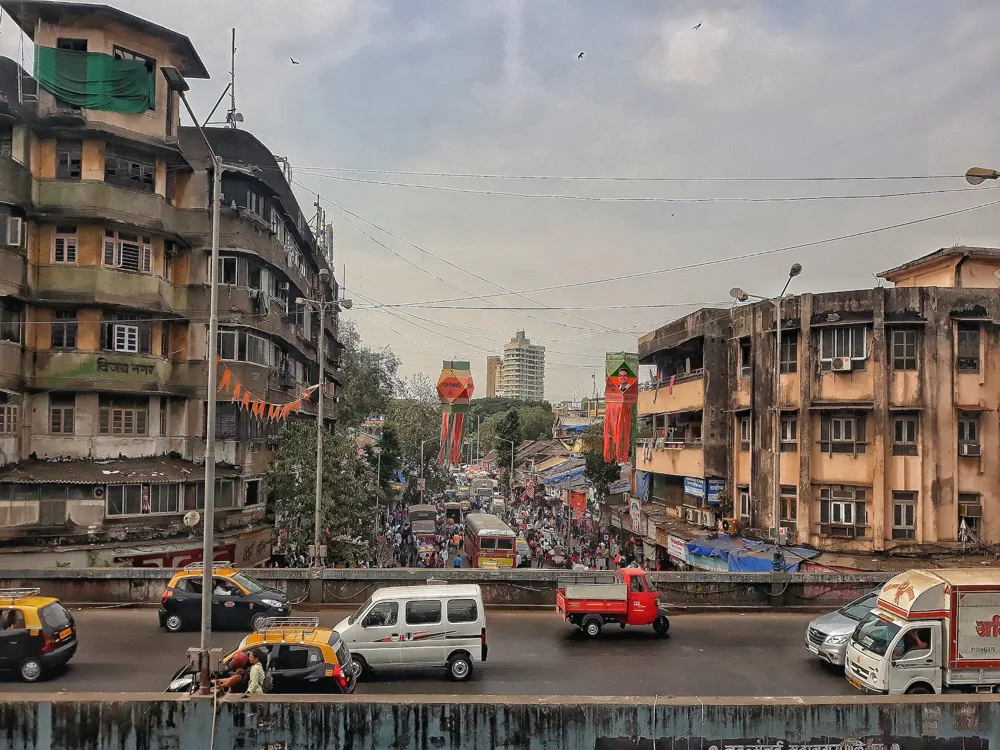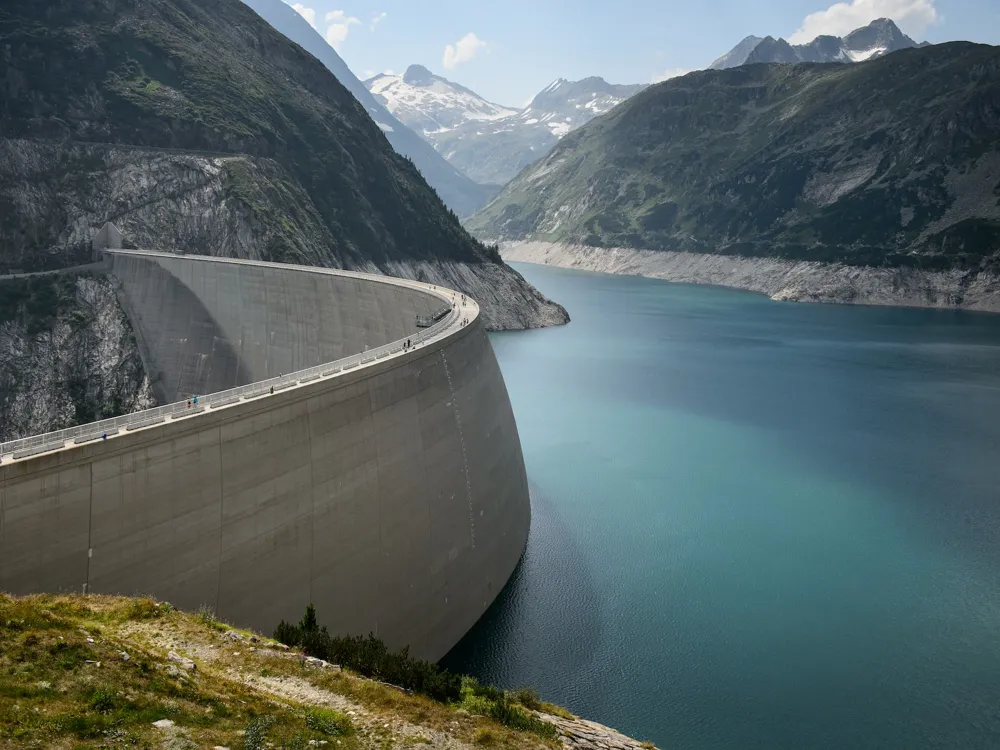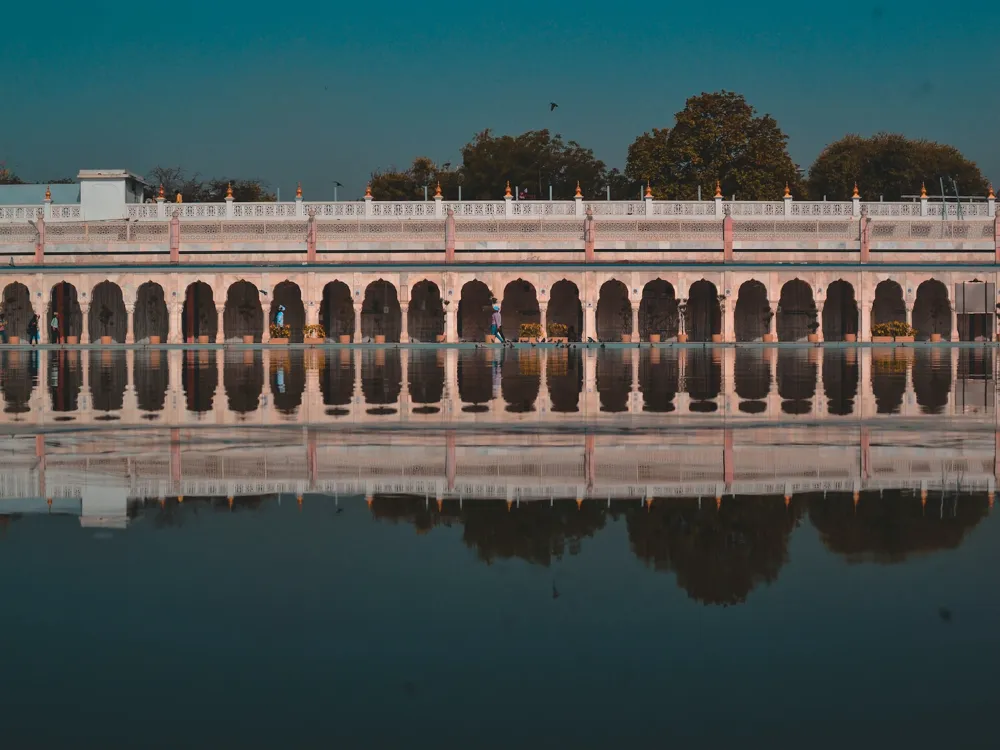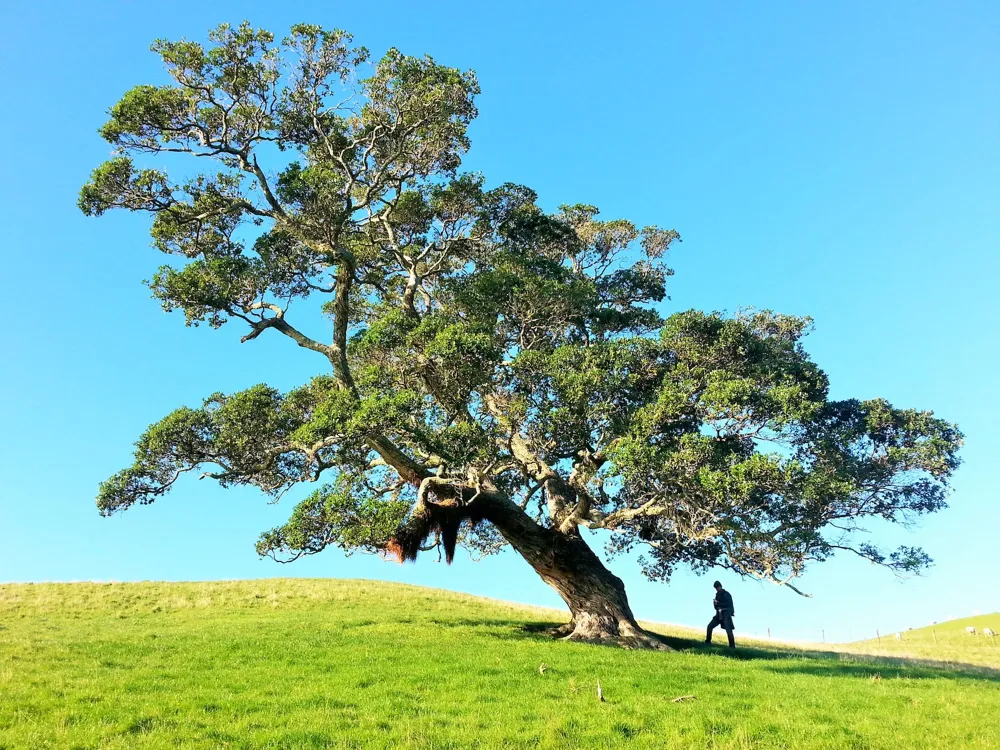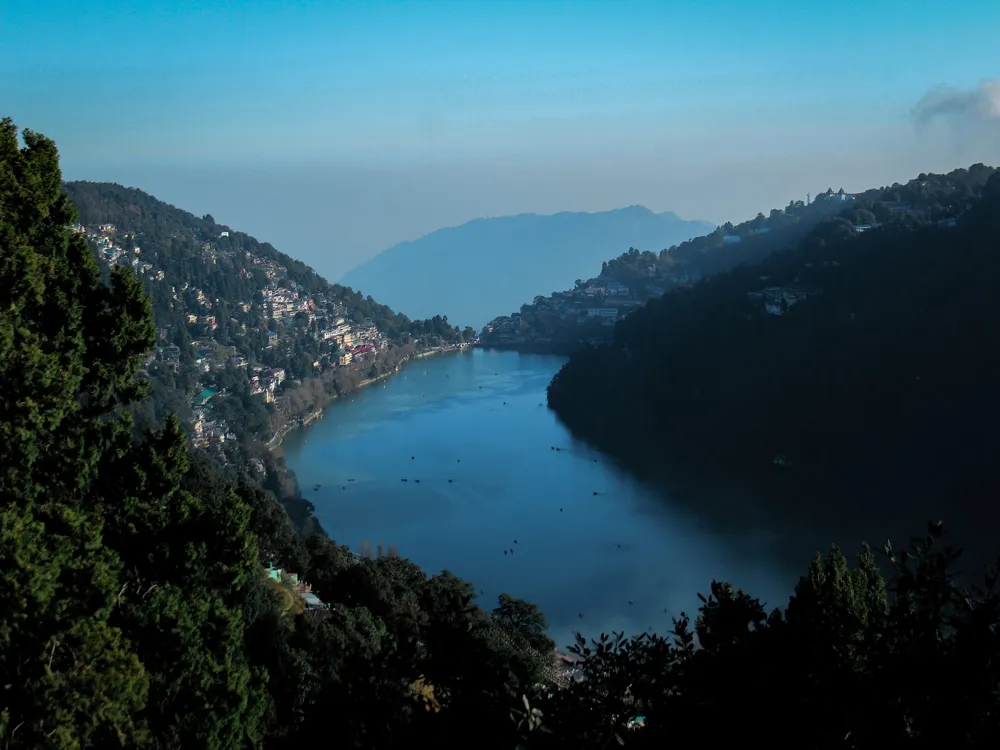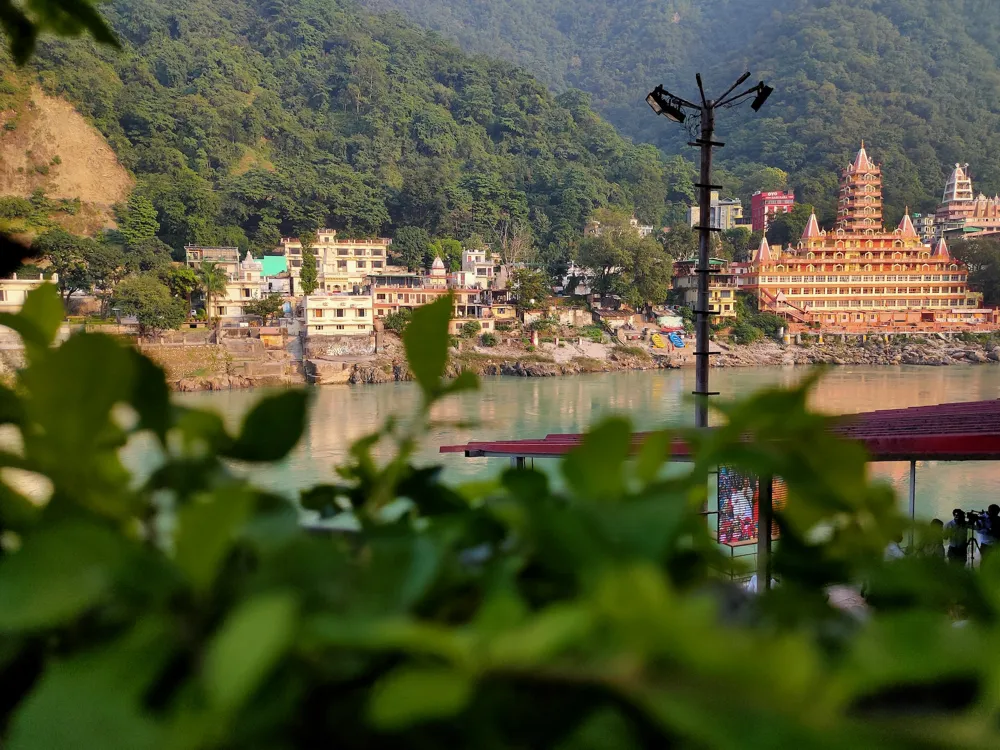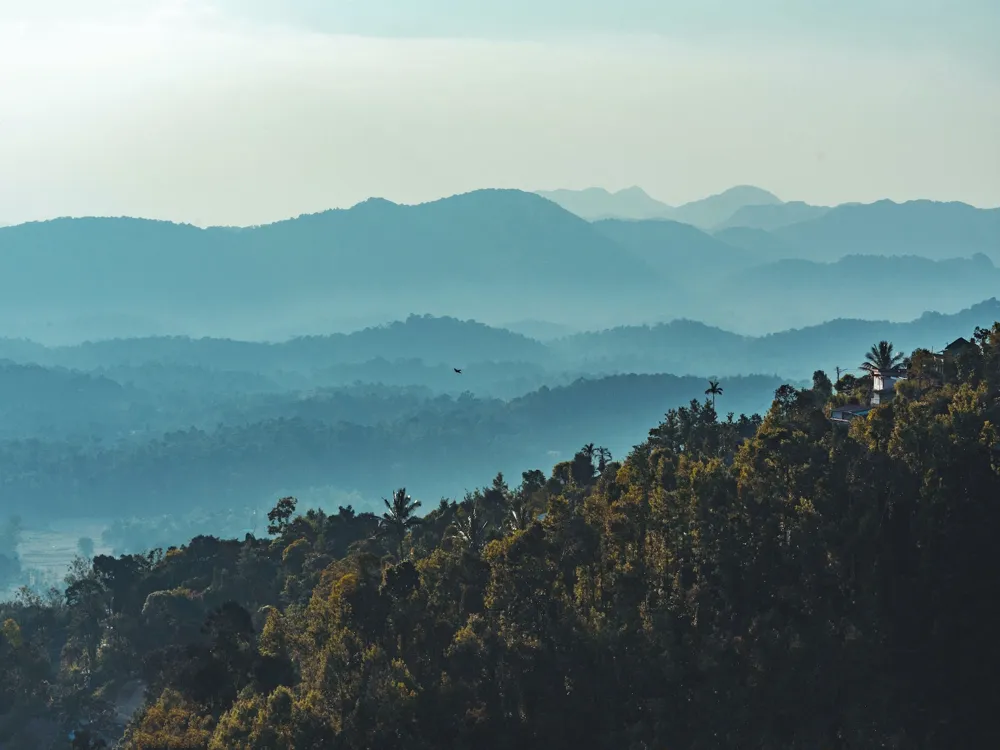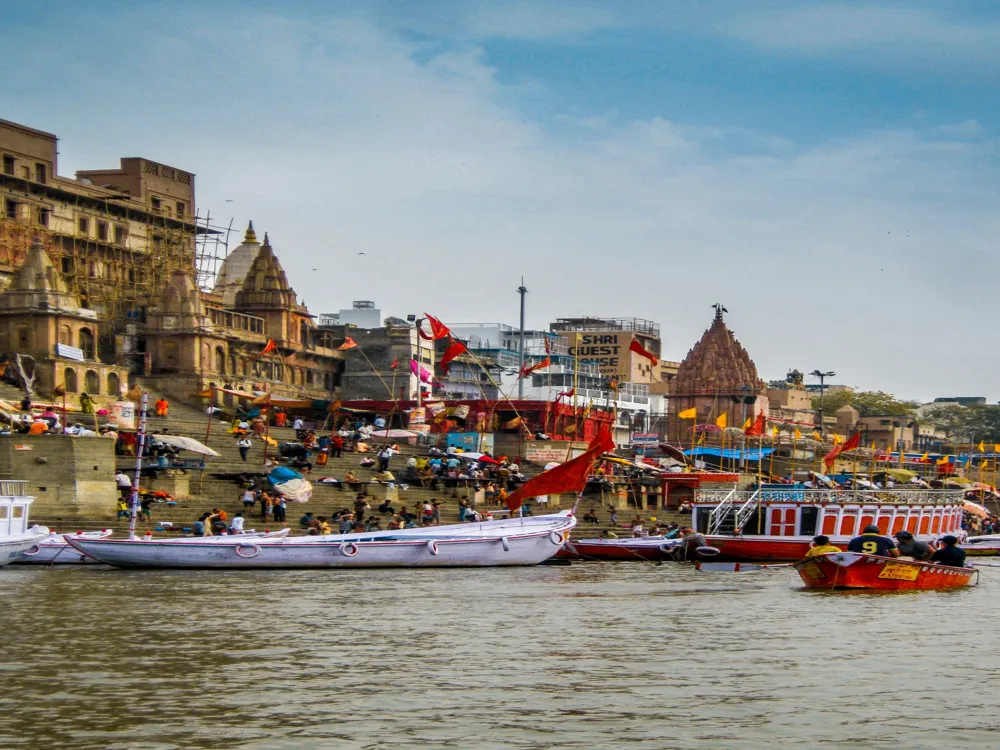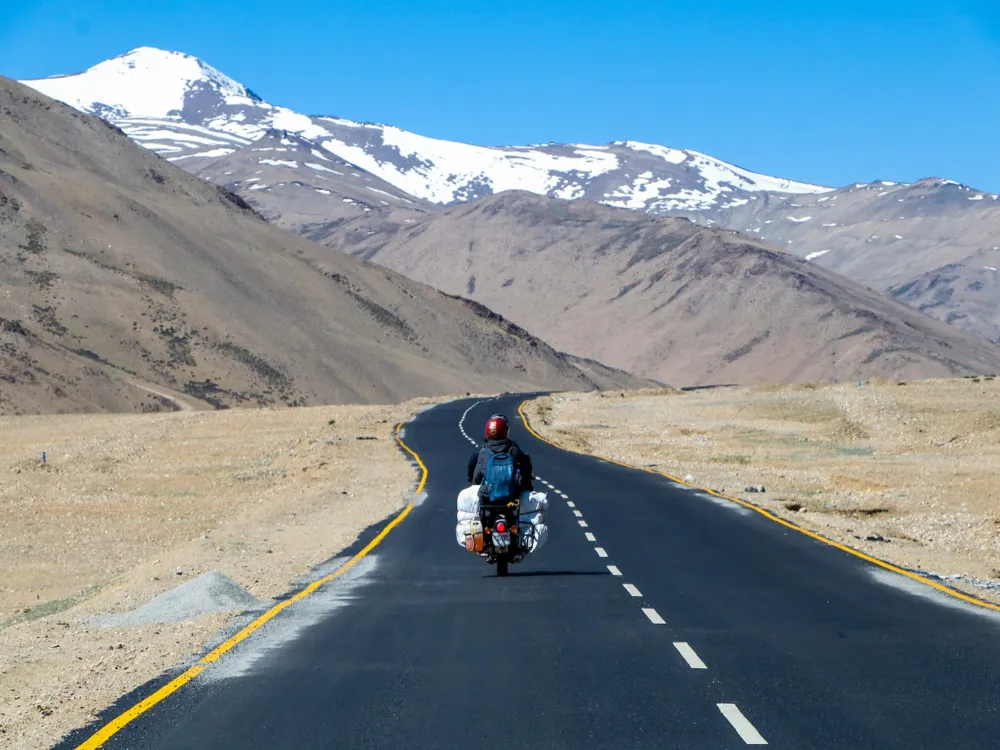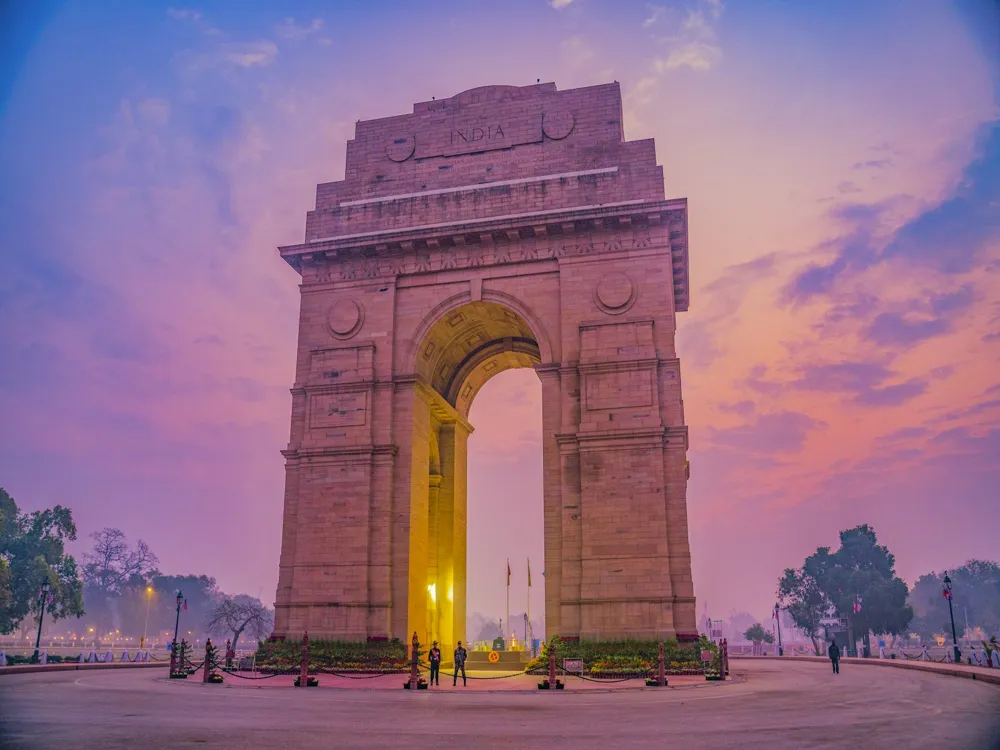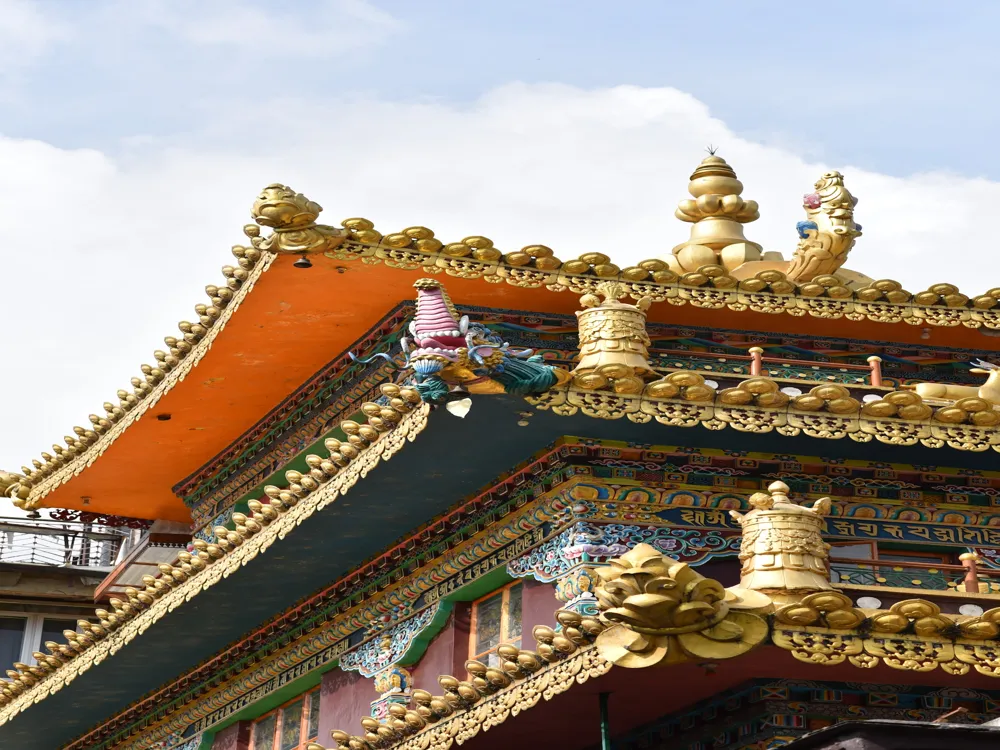Best Time to Visit Nanakmatta
Uttarakhand India
52 out of 57 Places to visit in UttarakhandNaN onwards View Packages
Get Customized PackagesThe Land of Diversity
Top Hotel Collections

Private Pool

Luxury Hotels

5-Star Hotels

Pet Friendly
What is the Best Time to Visit Nanakmatta?
Nanakmatta, a sacred pilgrimage site in Uttarakhand, holds spiritual significance and natural beauty. To experience its charm to the fullest, plan your visit during the months of October to March. This period offers a serene and pleasant climate, with temperatures ranging from 10°C to 25°C, creating an ideal environment for exploring the historic Nanakmatta Sahib Gurudwara and the tranquil surroundings. Choosing this time ensures a spiritually enriching journey coupled with the beauty of nature, making it the best time to immerse yourself in the divine aura and scenic allure of Nanakmatta.
More about the Best Time to Travel to Nanakmatta
Travel Peak Season in Nanakmatta
Nanakmatta's peak season, from October to March, draws pilgrims and travelers seeking both spiritual solace and natural beauty. With temperatures ranging from 10°C to 25°C, this period provides an optimal climate for visiting the historic Nanakmatta Sahib Gurudwara and exploring the serene surroundings. The clear skies and mild weather enhance the overall pilgrimage experience, making the peak season the ideal time to witness Nanakmatta in its spiritual glory and scenic splendor.
Travel Offseason in Nanakmatta
The offseason in Nanakmatta, primarily from July to August, offers a quieter and more introspective atmosphere for devotees. While occasional rain showers may limit outdoor activities, it's an opportune time to connect with the spiritual essence of Nanakmatta Sahib Gurudwara away from the peak-season crowds. The offseason invites pilgrims to experience a more serene pilgrimage, fostering a deeper connection with the sacred surroundings and providing a peaceful retreat during this less-explored period.
Nanakmatta Travel Packages
View All Packages For Nanakmatta
Nanakmatta in Shoulder Season
Nanakmatta in the shoulder seasons, April to June and September, presents a mild climate with temperatures ranging from 15°C to 30°C. It's an opportune time for a more contemplative pilgrimage, enjoying the spiritual ambiance in a tranquil setting. The shoulder seasons offer a quieter atmosphere compared to the peak months, allowing for a more intimate connection with Nanakmatta Sahib Gurudwara and its serene surroundings. Whether participating in religious ceremonies or simply enjoying moments of reflection, Nanakmatta in the shoulder season provides an optimal setting for a spiritually enriching experience.
Nanakmatta in Hot Season
Nanakmatta in the hot season, from July to August, experiences warmer temperatures ranging from 20°C to 35°C. While the heat may be more pronounced, this period offers a unique perspective on the pilgrimage site's spiritual significance. Devotees can engage in religious rituals and participate in the vibrant religious atmosphere. The hot season is ideal for those who can endure warmer temperatures and wish to experience Nanakmatta Sahib Gurudwara's spiritual vibrancy amidst a lively and warm ambiance.
Nanakmatta in Rainy Season
Nanakmatta in the rainy season, from July to August, transforms into a lush green landscape with occasional rain showers. While outdoor activities may be limited, the Gurudwara and its surroundings take on a different charm amidst the verdant greenery. Pilgrims during the rainy season can experience the beauty of Nanakmatta Sahib Gurudwara indoors, witness the refreshing rains, and enjoy a quieter spiritual retreat away from the crowds. The rainy season invites those who appreciate the serene beauty of nature and seek a unique pilgrimage experience.
Nanakmatta in Cool Season
Nanakmatta in the cool season, from October to March, offers a comfortable and pleasant atmosphere for devotees and travelers alike. With temperatures ranging from 10°C to 25°C, this period is perfect for a spiritually enriching pilgrimage, exploring the historic Gurudwara, and enjoying the serene surroundings. The cool season sets the stage for a comprehensive and spiritually uplifting journey through Nanakmatta Sahib Gurudwara's divine ambiance. Whether attending religious ceremonies or simply savoring moments of tranquility, Nanakmatta in the cool season ensures a memorable and spiritually immersive experience.
Places To Visit In Nanakmatta
Nearby Places Nanakmatta
Nanakmatta Photos
View All Photos For NanakmattaBrowse Package Collections
Browse Hotel Collections
Faq
When is the ideal time to visit Nanakmatta?
The best time to visit Nanakmatta is during the months of October to March. The weather is pleasant, and you can explore the spiritual and historical attractions comfortably.
Is Nanakmatta suitable for a visit during the monsoon season?
While the landscape is lush and vibrant during the monsoon (July to September), heavy rainfall may disrupt travel plans. It's advisable to check weather forecasts and road conditions before planning a trip during this time.
Are there any specific festivals or events that enhance the experience of visiting Nanakmatta?
Nanakmatta hosts the Nanak Jayanti celebration, which marks the birth anniversary of Guru Nanak Dev Ji. This festival, usually falling in November, attracts pilgrims and tourists alike. It's a great time to experience the vibrant local culture.
Is Nanakmatta suitable for a summer retreat?
Summers (April to June) in Nanakmatta can be warm, but it's still a feasible time to visit, especially if you prefer milder temperatures. Make sure to carry light clothing and stay hydrated.
What should I pack for a visit to Nanakmatta during the recommended months?
Pack comfortable clothing for daytime exploration and slightly warmer layers for the evenings. Don't forget essentials like sunscreen, a hat, and a water bottle, especially if you plan to visit the outdoor attractions.

